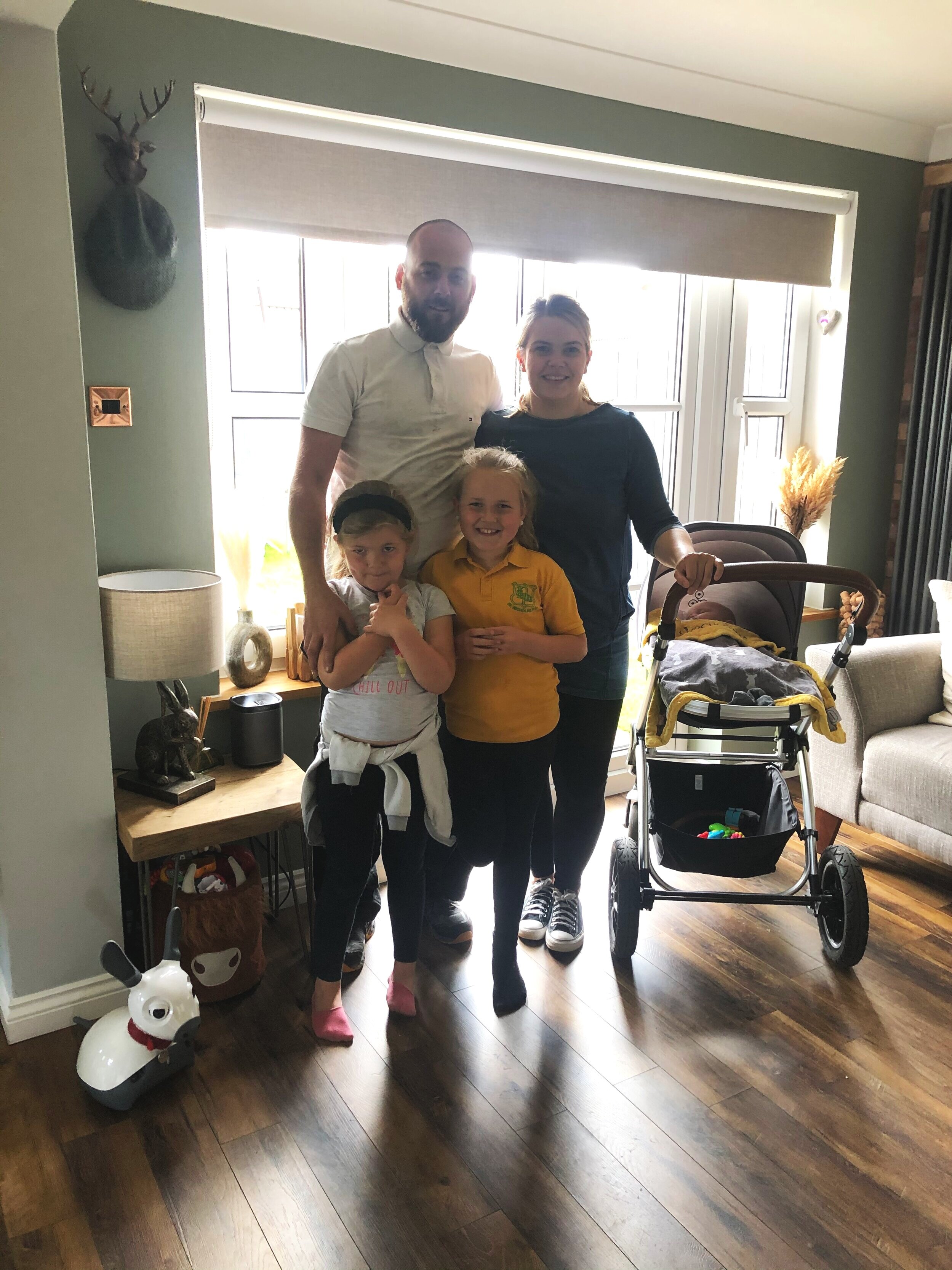A Case Study Interview with Heriot-Watt University
Heriot-Watt University is a top research university based in Edinburgh, Scotland, and known globally for expertise in science and engineering. Heriot-Watt University has been using MiRo for research and teaching and is implementing MiRo’s at their brand new robotics research and development facility The National Robotarium, opening in 2022 in conjunction with the University of Edinburgh.
We interviewed Professor Lynne Baillie from the School of Mathematical and Computer Sciences who, along with Computer Science graduate Neve Curnyn, investigated whether MiRo could assist with social distancing within the home.
Social Distancing within the Home
Lynne, can you tell us about the Social Distancing project?
Photo credit: Heriot-Watt University
This project involves investigating the issue that a lot of people have with social distancing within households. Since the pandemic, restrictions have led to quite draconian or hard rules - people not being able to come into your homes. This has led to a lot of social isolation and loneliness which has also been a problem, especially elderly people who are being isolated in their own homes because people can't visit them.
We wanted to investigate whether MiRo could assist with social distancing within the home. We looked at whether we could provide different modes of notifications to people to warn them to socially distance via the MiRo. When MiRo could capture that people were as standing too close together, it would issue a notification, we tried different types of modalities of notifications to see which one worked best, which one’s people complied with and which notifications people ignore, and whether they would comply at all.
Interviewed by Consequential Robotics Professor David Lane CBE; Lynne discusses the results, challenges and benefits of the project.
How did you go about doing this?
This was conducted over a four-day period and we limited the touching of the robot to people of the households and not the visitors - if they had visitors which is what this is intended for. We placed the MiRo in a real family home, in the kitchen and living room area and we also placed it within our student halls of residence. As we know, halls of residence have been particularly problematic during the pandemic. In a typical hall of residents, the students have bedrooms with en-suite bathrooms but share a kitchen and living room area.
MiRo in the family home. Photo: Heriot-Watt University
MiRo in student accommodation. Photo: Heriot-Watt University
What were the results?
We found that we can help people to socially distance within their own homes and that they will comply with the notifications. The results showed quite a high level of compliance to the notifications. It was not quite as high in student accommodation, but still very, very high. We had 71% compliance with the verbal reminder, 65% with the siren, touching the robot 56% and 34% with the lighting up - that was the lowest one. That is a very promising result and can be useful for future lockdowns.
We are starting to see how we can use technology to help us respond to lock down issues and requirements, especially given social isolation and our aging population. It has shown us that we can use robotics more for this particular area.
MiRo in the family home. Video: Heriot-Watt University.
MiRo in student accommodation. Video: Heriot-Watt University.
Why did you use MiRo for this project?
MiRo in the family home. Photo: Heriot-Watt University.
One of the reasons why we chose MiRo for the home social distancing study, was because of its computer vision capabilities and the different sensors that it has. It was also to do with MiRo‘s form. Given its anthropomorphic nature, we thought it would be more acceptable within the home compared to other robots, which might look more functional and mechanical. This was very much one of the reasons why we thought MiRo would work within the home space compared to other robots like the TIAGo or the Flash which are very large robots that are very good for different tasks. In this instance, we also didn't want a robot that was too small like the Cosmo robot.
MiRo was accepted within the home environment with its form factor being a cross between a dog and a rabbit, this really lent itself to greater user acceptance. That is a big, big win when it comes to social robotics for the MiRo robot.
What are the next steps for this project?
This project is a great start, and we are keen to do a larger study over a longer period with more households to see if compliance stays as high over time. We would also investigate different combinations of notifications and bring in multi-modal notifications as MiRo is capable of that. There is a lot of potential to explore that further when we think out of the box.
Student accommodation. Photo: Heriot-Watt University
What did you like about using MiRo?
It has a high level of user acceptance. It is also easy to transport, especially when you are doing lots of experiments with robots and need to do a lot of demos so that people have a better understanding of robots and what a robot can do depending on form factors.
“MiRo has a high level of user acceptance. It is also easy to transport, especially when you are doing lots of experiments with robots and need to do a lot of demos”
MiRo is one of the few robots that we have that can offer all these things. It is the right size and has the useful functions that we need with a robot, like sensors and so on, so it has the technical capabilities without the issues of transportation. This is important because if you are working in this sphere, you can easily take the robot to where it is needed, demo it and get people to interact with it.
One of the reasons why we bought so many MiRo’s for the National Robotarium is because we very much want people to be involved in the building of the robot applications, the solutions, and the concepts that we come up with. People can get quite hands-on with MiRo and that is not true of a lot of robots which are much more difficult for us to get human beings to interact with. This is not an issue with a MiRo at all.
Check out….
The MiRo robot Fall Assistance project by Heriot-Watt University






